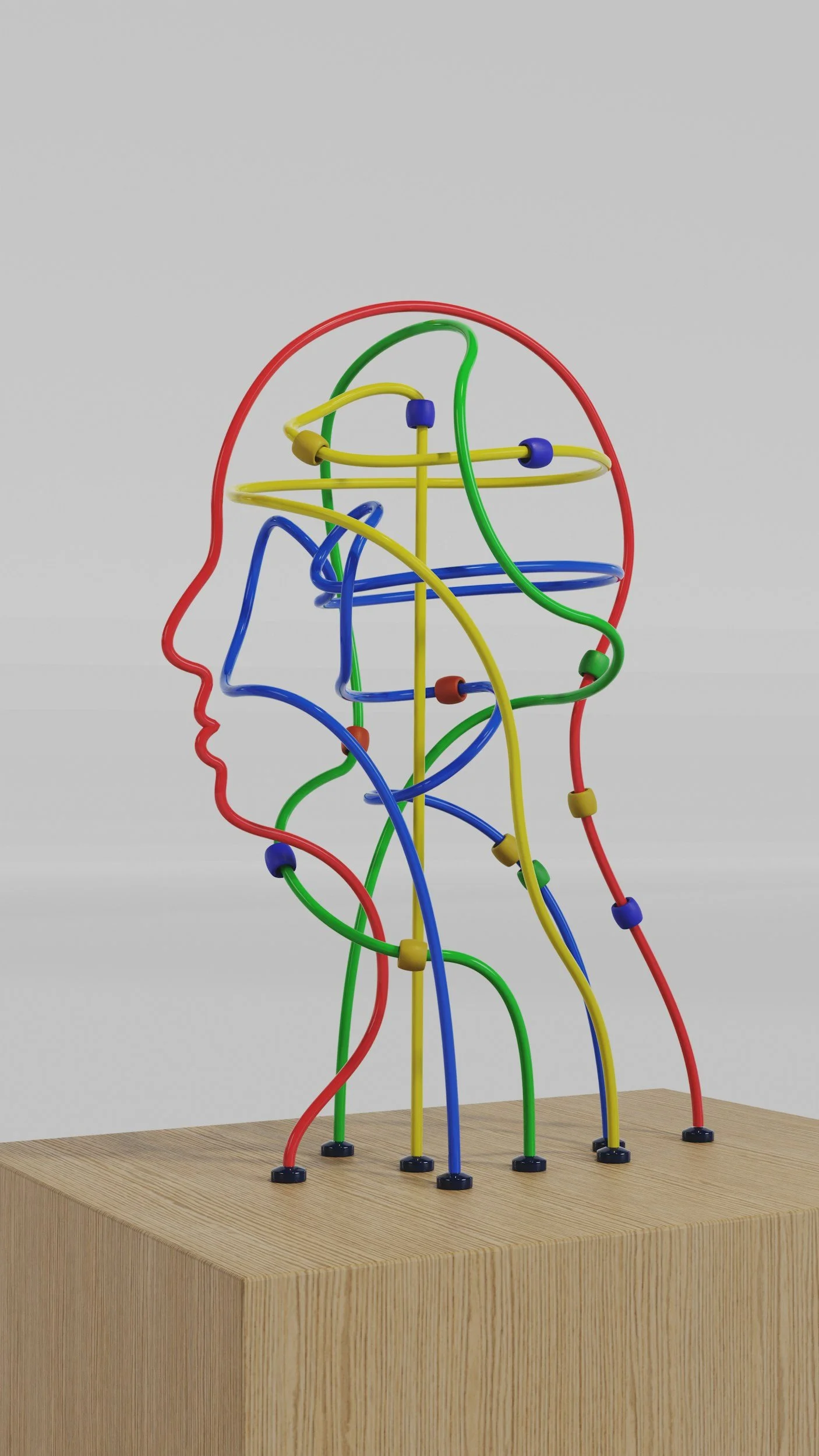
Course Outline

Week 1: Lenses Not Labels
The workshop series introduces neuroscience concepts as grounding techniques, ways of thinking about brain function that allow us to step back, stay curious, and understand our children’s experiences.
We discuss the neurodiversity paradigm, a framework that recognizes neurological differences, like autism and ADHD, as natural variations of human brain function. Neurodivergence is not a quality specific to individual brains—it arises from the interaction between people and the expectations in our environments. Yet, unless we understand how the brain works, we tend to expect others’ brains to function just as our own does. By applying the neurodiversity paradigm, we’re free to see behaviors as communicating or meeting needs, rather than as symptoms.
In week one, we discuss the medical, social, ecological, and cultural models of neurodivergence. We discuss Mitzi’s Waltz’s “The production of the ‘normal’ child: Neurodiversity and the commodification of parenting” and Robert Chapman’s Empire of Normality.

Week 2: Sensory Processing
Sensory processing is an essential part of what makes each brain work the way it does. The “worlds” we create are not the same as the worlds inhabited by others. What does neuroscience tell us about the processing of visual, auditory, and olfactory information and how does this help us understand the thoughts and behaviors of our children and ourselves?
Week two delves into the neuroscience of sensory processing through the lens of anthropology's Cultural Model. We examine how cultural assumptions shape our perception of our children's sensory experiences and introduce the eight senses. We discuss the work of Dr. Megan Anna Neff and reference McDonnell and Milton’s “Going with the flow: reconsidering ‘repetitive behaviour’ through the concept of ‘flow states’.”

Week 3: The Amygdala
Fear, anger, and disgust are powerful motivators—and they’re linked. All mammals have a structure called the amygdala which produces these negative reactions and keeps us safe from threats. The amygdala is highly responsive to experience and helps us learn how to deal with the world around us.
Week three connects the neuroscience of the amygdala to autistic sociologist Damian Milton’s Double Empathy Problem. We explore how these concepts explain mutual misunderstandings and the high cost of masking and passing. Finally, we introduce perspective-seeking through first-person narratives as a practical tool for building attunement. We discuss Isobel Moore’s “The intersection of autism and gender in the negotiation of identity”, Elle McNicoll’s A Kind of Spark, and Lya Batlle-Rafferty’s Memoirs of a Neurodivergent Latina.

Week 4: Serotonin
Serotonin is the “I’m OK” molecule—it’s critical for stable moods and a sense of security and wellbeing. When serotonin gets dysregulated, the world becomes a threatening place, even when nothing has changed. We’ll explore how serotonin regulation relates to neurodivergence.
We then examine diagnosis through an anthropological lens, investigating how labels function as cultural categories that can gatekeep resources, shape identity, and build community, while also questioning when and why they are necessary. We contrast M. Remi Yergeau’s Authoring Autism: On Rhetoric and Neurological Queerness with Cole Cohen’s Head Case: My Brain and Other Wonders.

Week 5: Basal Ganglia & Dopamine
“I can’t” and “I don’t want to” exist on a continuum in the brain—motivation isn’t an on/off switch. Motivation and motor control are part of a single unified process driven by the neurotransmitter dopamine. Examining how dopamine works provides an opportunity to question our assumptions about reward, anticipation, and self-control.
This biological lens helps reframe challenges with task initiation and multi-step directions, allowing us to question our assumptions about procrastination and the Pervasive Drive for Autonomy (PDA). We then apply an anthropological framework to communication, viewing behaviors like infodumping and scripting as cultural practices to better understand cross-neurotype interactions. We read Kristy Forbes’ “PDA Parenting Isn’t Perfect: It’s Real, Raw, and Relational” and reference Prerna Tolani and Sathyaraj Venkatesan’s “The Time We See: ADHD, Neuroqueer Temporality, and Graphic Medicine”.

Week 6: The Prefrontal Cortex
The prefrontal cortex (PFC) is sometimes called the brain's "decision center." Although it's true that the PFC plays an important role in simulating, predicting, and planning, it is deeply linked with emotional processing. We'll unpack the notions of "decision-making" and "executive function" and learn about how emotional processes shape our choices and behaviors.
In week six, we wrap up the series with a discussion of neuroplasticity and the interconnectedness of brain functions—how perception, cognition, and emotion work together. Week six introduces predictive processing, a theory that reframes the need for control and routine. We explore how this shifts our focus from managing our children's reactions to understanding their perceptual experiences. We discuss Jo Bervoets’ “Autism and intolerance of uncertainty: an ill-fitting pair.” We reference Victoria Pitts-Taylor’s The Brain’s Body: Neuroscience and Corporeal Politics and Luiz’s Pessoa’s The Entangled Brain.